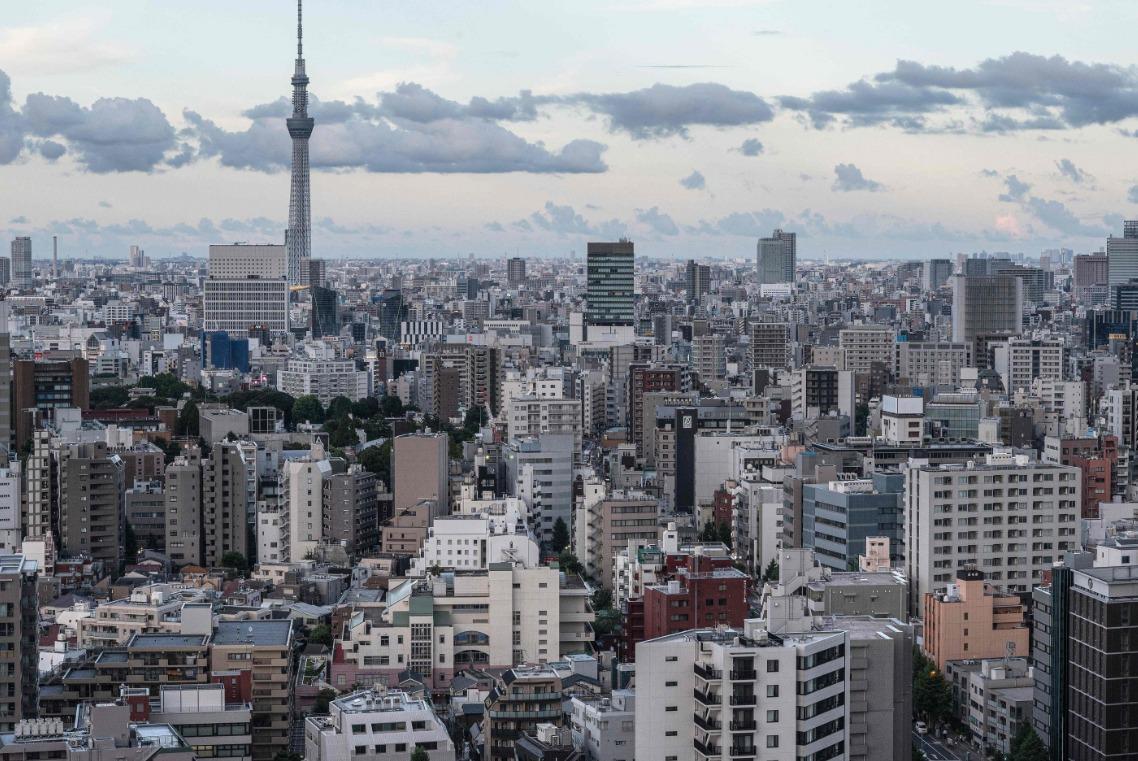
Takashi Hosoda was in a Tokyo skyscraper when the 9.0 magnitude quake struck on March 11, 2011, but the trained architect was "not particularly worried" as modern Japanese buildings are designed to protect their occupants.
A century after Tokyo was destroyed in the Great Kanto Earthquake of 1923, the Japanese capital today bears no resemblance to the city leveled by that 7.9 tremor, which killed 105,000 people.
The low-rise, largely wooden city that was destroyed a second time by U.S. firebombing during World War II has been replaced by a soaring megalopolis where reinforced concrete is king.
The Sept. 1, 1923, disaster marked "the dawn of seismic design of structures in Japan," said Yoshiaki Nakano, an earthquake engineering expert from the National Research Institute for Earth Sciences and Disaster Resilience (NIED).
The following year Japan introduced its first building code for earthquake-resistant construction.
These standards have been constantly expanded since then, drawing on lessons from other major tremors in the archipelago, which accounts for around 10 percent of the world's earthquakes.
Japan's seismic building code is one of the most stringent in the world, Nakano told AFP.
The 2011 earthquake triggered a deadly tsunami along the northeast coast but in Tokyo the damage was limited: High-rise towers oscillated alarmingly for several minutes but did not topple.
Skyscraper shock absorbers
Early basic reinforced structures have been adapted with more sophisticated seismic safety measures found in modern towers.
Massive soft rubber cushions are installed under the foundations to isolate them from ground vibrations; shock absorbers are distributed throughout the floors; and some even have pendulums weighing several hundred tons installed at the top to counteract the movement of the building during a quake.
Built in 2014 and rising 247 meters above the city, the Toranomon Hills Mori Tower is fitted with such seismic anti-vibration systems, including 516 oil dampers, each comprising a thick cylinder 1.7 meters long.
"It stretches and shrinks repeatedly in case of an earthquake. It then starts getting warm, which means the energy of the quake transforms into heat and gets released," Kai Toyama, a structural engineering official at real estate giant Mori Building, told AFP.
"As a result, the tremor of the whole building can be controlled."
The Great Kanto Earthquake of 1923 was also "a wake-up call to Japan," Nakano noted. "Not only the engineers but also for people."
Despite all these efforts, some experts say Tokyo remains vulnerable to earthquakes, and even more to other natural disasters such as floods.
The eastern districts of the capital are built on unstable and flood-prone soils, and there are still concentrations of old wooden dwellings attached to each other.
Post-war rebuilding of Tokyo was "anarchic" and "prioritized economic development and not the construction of a resilient city," seismologist Masayuki Takemura lamented during a recent press conference.
He also pointed to an "excessive concentration of skyscrapers" and the construction of residential areas on artificial islands, increasing their risk of isolation in the event of a natural disaster.
And experts say there is a 70 percent chance of a major earthquake hitting Tokyo within the next 30 years.